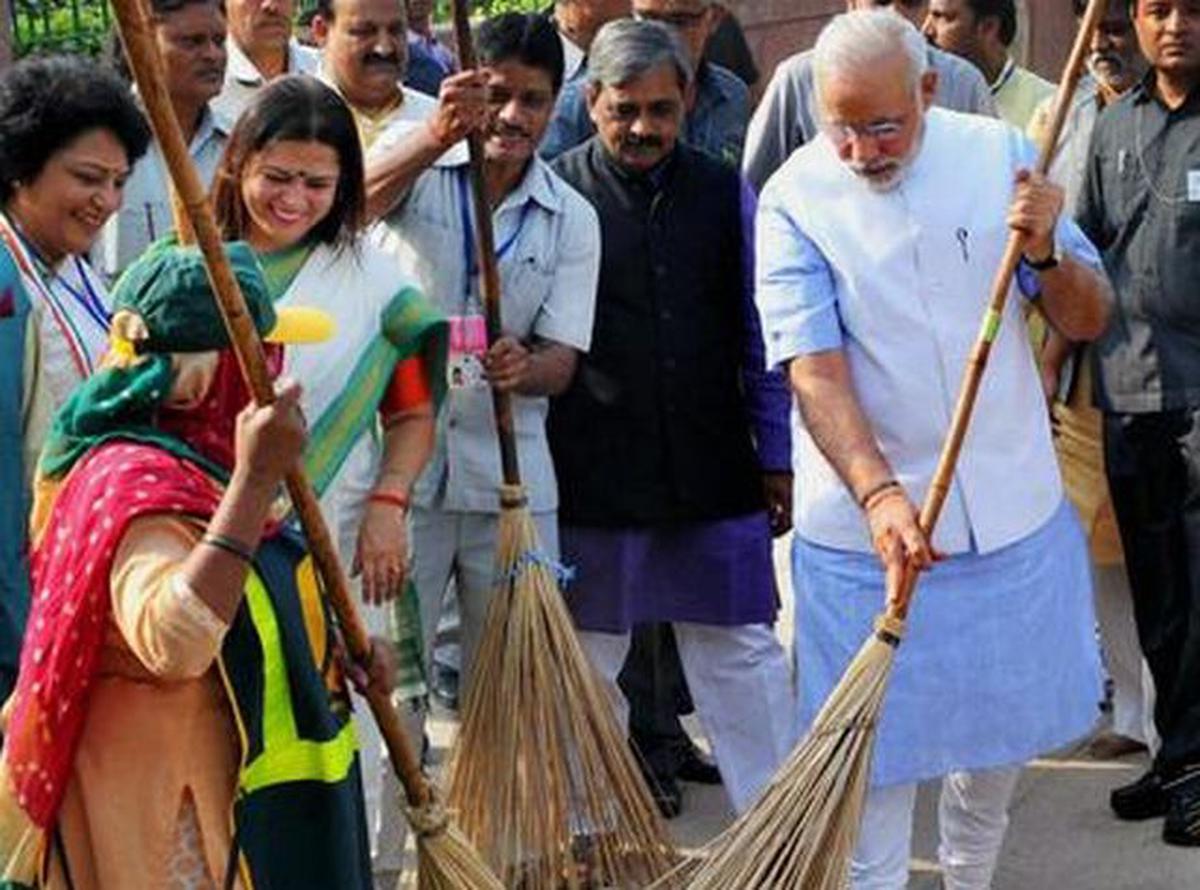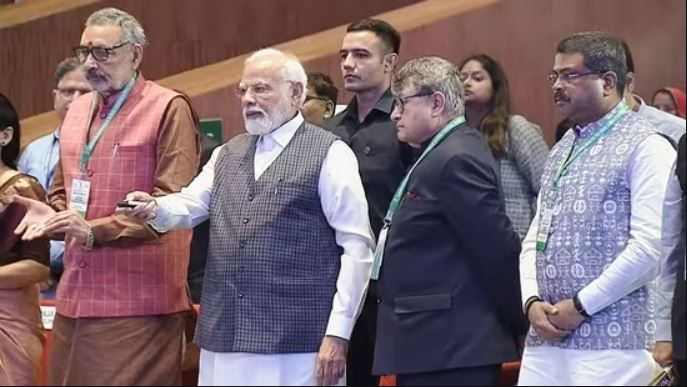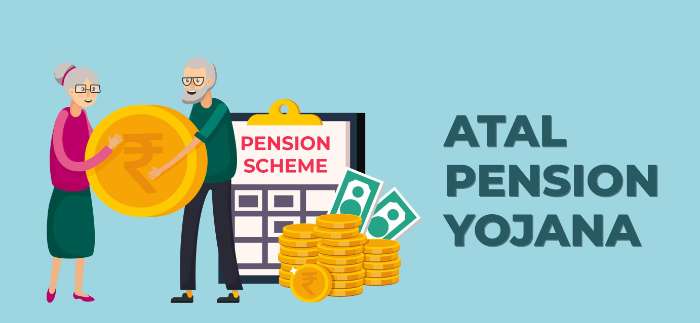Swachh Bharat Abhiyan: Why Swachh Bharat Abhiyan?, Goals, Need..

What is Swachh Bharat Abhiyan?
On October 2, 2014, in Rajghat in New Delhi, Prime Minister Narendra Modi introduced the Abhiyan, which aims to make India clean. By the second of October 2019, it was planned to offer every home with access to toilets, liquid and solid waste disposal systems, clean villages, and safe and sufficient drinking water supplies.
On the 150th anniversary of the Father of the Nation’s birth, it will be a suitable homage. It is noteworthy that the PM is actively assisting in the campaign’s success; at Rajghat, he launched it by personally sweeping the roadway.
Swachh Bharat Abhiyan's goals
- enhancing personal hygiene and cleanliness in remote communities to improve quality of life.
- to eradicate open defecation in India within five years, by 2 October 2019.
- To build 90 million toilets in rural regions for an estimated $1.96 trillion.
- to persuade the private sector to invest funds into the project or into the costs of operation and maintenance.
- to change unhygienic toilets into flushing toilets.
- Increase community knowledge about hygiene and sanitation.
- to influence people’s attitudes regarding sanitation and hygiene through behavioural change.
- encouraging localities to adopt a suitable sanitation approach for improved health and quality of life.
- to educate individuals on the connection between good sanitation and their general well-being.
- to support and honour fresh technical innovation in the sanitation or cleaning sector.
- to enlist the appropriate assistance of illustrious individuals and well-known public figures in order to increase public awareness.
- to plan a suitable, door-to-door garbage collection and disposal system for both urban and rural locations.
- to implement the required adjustments in the local bodies to improve their capabilities and effectiveness.
- to establish a network of pipelines to properly assure the provision of water in rural regions.
- to build separate restrooms for boys and girls in every school across the nation.
- to guarantee that there is access to amenities like soap and other necessities as well as clean drinking water in all schools.
- to provide suitable restrooms at each anganwadi.
Brand representatives for the Swachh Bharat Abhiyan
From the dais of the Swachh Bharat Abhiyan’s inauguration on October 2, 2014, the Prime Minister of India, Sri Narendra Modi, announced the nomination of seven individuals as the campaign’s brand ambassadors. They were well-known figures from a variety of industries, including athletics, television, and others. The following list includes the names of the candidates for Swachh Bharat Abhiyan brand ambassadors:
- Famous comedian and well-known television personality Kapil Sharma.
- Former Nagaland governor and politician Padmanabha Acharya.
- Sonal Mansingh is a member of the Rajya Sabha and a classical dancer from India.
- Distinguished cricketer Sourav Ganguly.
- Indian entrepreneur Aroon Purie is the publisher and editor-in-chief of India Today.
- Kiran Bedi, a retired member of the Indian Police Services, is now Puducherry’s lieutenant governor.
Why India Needs Swachh Bharat Abhiyan
- India desperately needs the Swachh Bharat Abhiyan because the nation’s filthy circumstances are likely to contribute to high infant death rates and poor health outcomes.
- Most newborn fatalities in the nation have been related to poor hygiene and cleanliness. Additionally, there is a connection between inadequate sanitation and illnesses including cholera, typhoid, and diarrhoea.
- Nearly 60% of Indians were defecating in public as of 2014, which led to various serious illnesses like cholera.
Cleanup Initiative in Urban Areas
- On October 2, 2014, Swachh Bharat Mission Urban (SBM-U) was introduced as part of the Swachh Bharat Mission Campaign.
- By building clean sanitary facilities, SBM-U sought to eradicate open defecation from India’s urban regions.
- The Swachh Bharat Mission Urban also aims to eliminate manual scavenging by guaranteeing door-to-door garbage collection, waste segregation, and waste disposal.
- Additionally, the Swachh Bharat Mission Urban seeks to promote cutting-edge, scientific methods for handling municipal solid garbage.
- to increase the ability of urban local bodies to maintain their correct operation and cleanliness and to educate people about trash management.
Swachh Bharat Mission in Rural and Gramin Communities
Clean India Mission Gramin was established as part of the Swachh Bharat Mission, which was launched on October 2, 2014, with the goal of enhancing rural regions’ hygienic conditions and eliminating open defecation there.
The Gramin project seeks to build over 90 million rural restrooms before the Swachh Bharat project ends on October 2nd, 2019.
The project’s objectives are to raise awareness among the locals and inspire the panchayats to take an active role in cleaning programmes.
The planning phase, the implementation phase, and the sustainability phase make up the Swachh Bharat Mission Rural’s framework.








